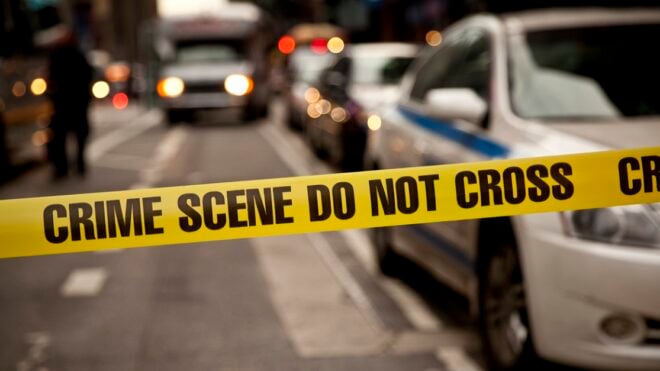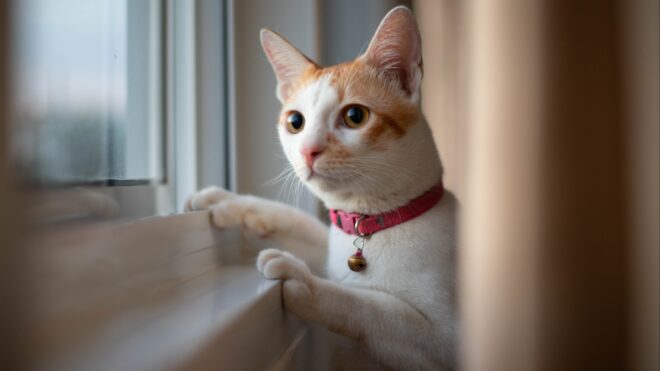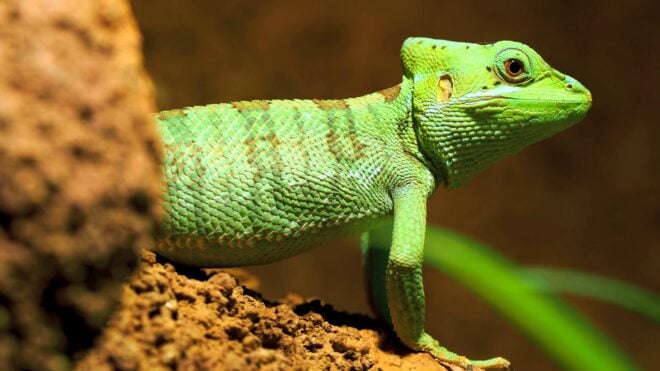Can horses talk? The answer is more complicated than you might expect!
The short answer: well, no, at least not the way humans do.
That said, horses are excellent at communicating. They use their body language and their own horsey voices to put their thoughts right out there in the open, from "I'm cranky" to "I'm hungry," and all the way up to "I love you to pieces!"
Horses might not say what they're thinking in words, but they still have an impressive talent for getting their point across. You just need to know how to read what they're saying.
With a little bit of training, anyone can learn how to "speak horse"! It's just a simple matter of learning how to interpret all the different ways horses move their bodies to communicate with one another and the people they love.
Scroll through the gallery below to get a primer on the complex art of learning how to speak horse like a pro.
Thumbnail Photo Credit: Flickr
Lesson #1: Ears
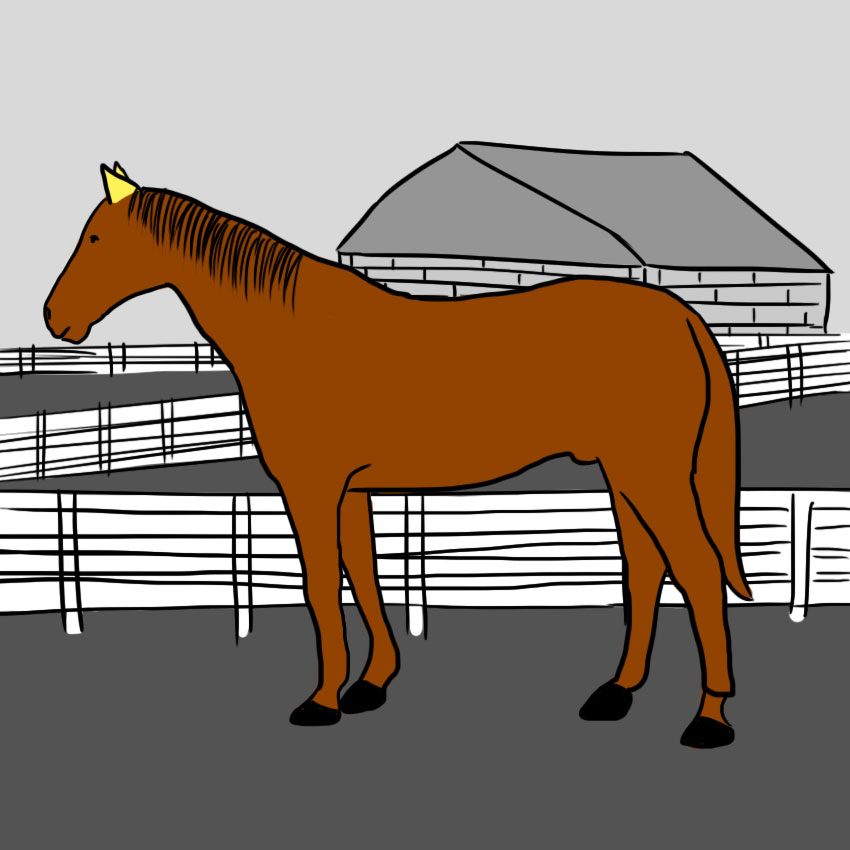
One of the first things kids learn when they start riding horses is to always check the horse's ears to get a read on their mood.
Horses have incredibly expressive ears, and they're easy to read, which is why this is an important lesson for everyone, equestrian or not!
If a horse's ears are alert and perked slightly forward, they're active, interested, and possibly a bit excitable.
If their ears are relaxed and drooping to the front or sides, they're comfortable and content, and possibly sleepy.
If a horse's ears are pinned back flat to the head, that horse is scared or angry. Be very cautious, this is a horse that is feeling very antsy, and should not be approached by anyone who isn't a pro.
Lesson #2: Neck And Head
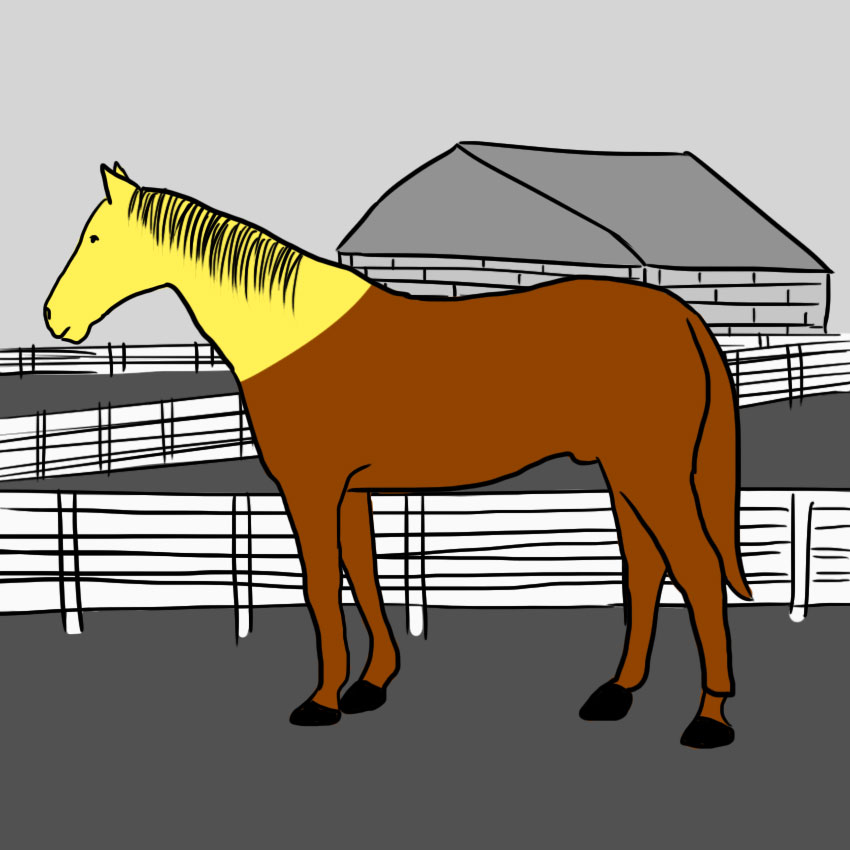
Next time you want to know what's going on with a horse in your life, it's also worth checking out the carriage of his head and neck.
A horse who has his head lowered down and hanging in front of his chest is very relaxed, possibly to the point of being all the way asleep!
On the other hand, a horse who has his head sharply raised is probably startled or alert — horses will sometimes lift their chins if they're spooked or in sudden pain, or if they're focusing intently on something.
Watch out for "snaking," when a horse bobs and weaves his head back and forth. This is a fighting behavior seen in stallions, and might be the prelude to a nip or another aggression, so figure out what's causing the hostility as quickly as possible.
Lesson #3: Forelegs
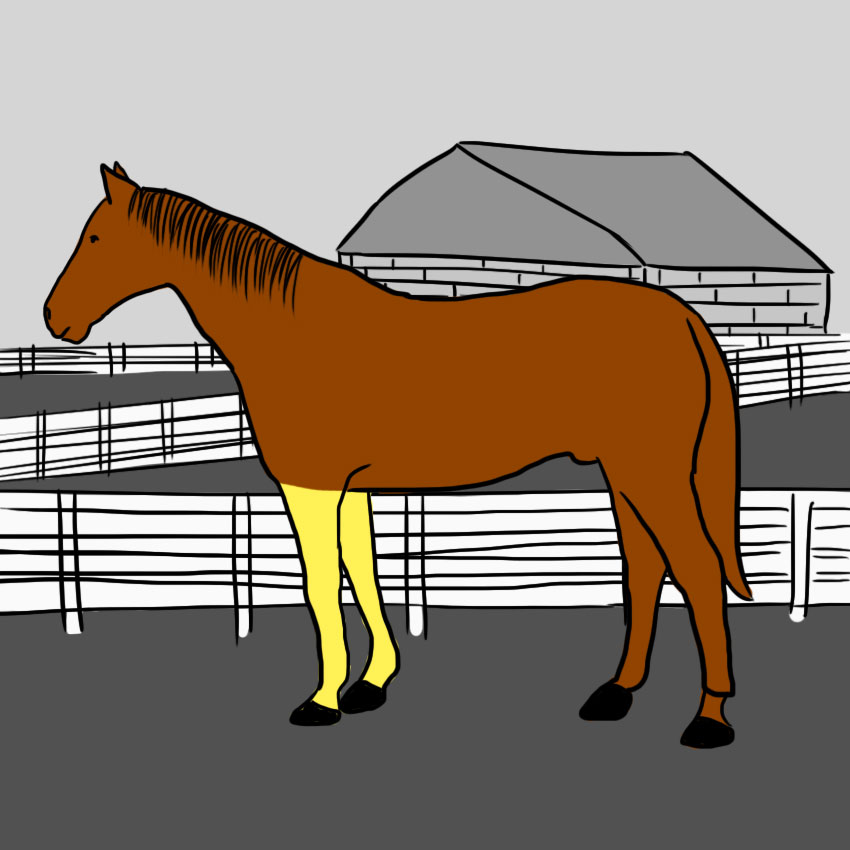
Horses will usually stand straight up, with their legs squarely underneath them — if they diverge from this stance, something could be up.
For example, widely splayed forelegs could be a sign that a horse is nervous and considering bolting, or could be a sign of lameness in a front hoof.
Meanwhile, a horse that's pawing at the ground is usually getting bored of standing around. The horse wants to get going, just like a fidgety little kid!
If he's stomping, or lifting his hoof all the way up before stepping heavily down, he's probably mildly irritated and considering getting sassy.
Lesson #4: Hind Legs

When a horse is extremely relaxed or snoozing, one of his back legs usually turns slightly sideways. He puts his weight on the other three legs and lets that one limb relax and flop a bit.
But pay close attention if you see a horse moving his weight onto three legs so that his fourth hoof isn't bearing any weight. If the rest of his body language is wary and alert (rather than sleepy) he might be considering kicking out with the back leg!
The same warning holds true for a horse who has lifted one of his back feet all the way off the ground. That might be the prelude to a stomp or a kick, so steer clear of his back end if at all possible.
Lesson #5: Muzzle

Horses show a lot of their emotions in their faces, much like people!
An angry horse will open his mouth wide and might pull back his top lip to show his teeth to warn you to stop whatever you're doing, or he's going to bite.
A happy, mentally engaged horse will chew, even if he doesn't have anything in his mouth! That's a sign that he's thinking through a problem or focusing on something.
And a horse who is experiencing something new and is confused or curious will show his feelings by flaring his lips back and rolling them around as he tries to identify a new smell or stimulus!
Lesson #6: Eyes
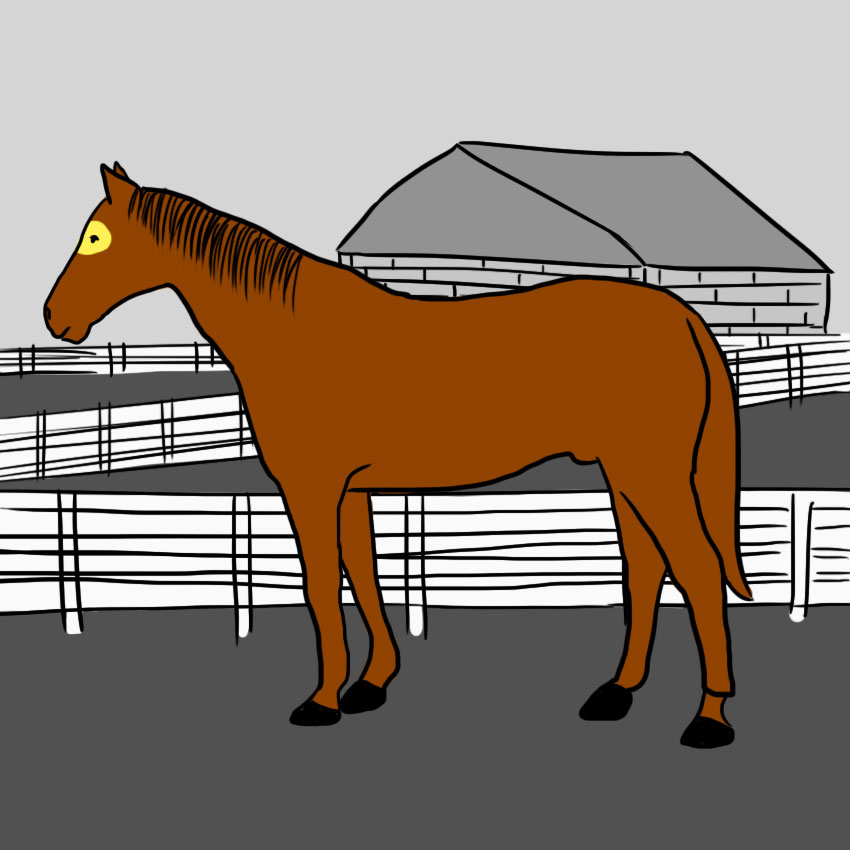
They say that the eyes are the window to the soul, and that's just as true for horses as it is for people!
The most important warning sign to watch out for is if you can see the whites of the horse's eyes — that means he's opening them much wider than usual and he's upset, scared, or angry and trying to intimidate the object of his emotions.
A horse that's nervous and considering a disappearing act will dart his eyes back and forth rapidly, which is a good tell if you have a Houdini on your hands.
If the horse's eyelids are drooping, and he's looking half-lidded, he's extremely content, and probably has a belly full of a tasty dinner!
Lesson #7: Rump
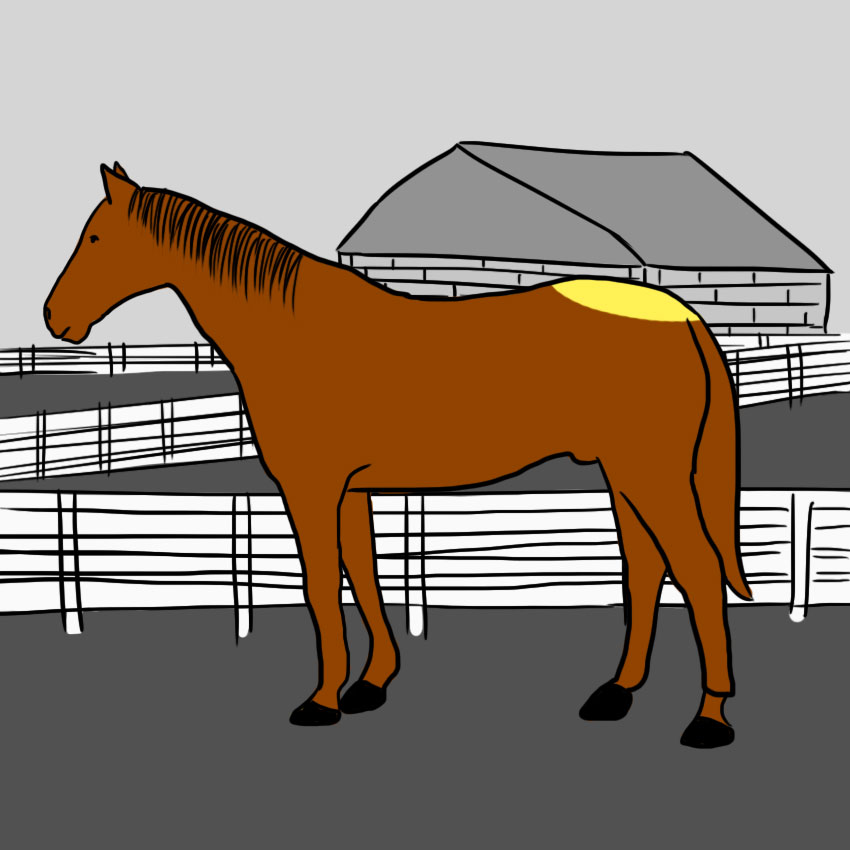
If you've ever spent any time riding a horse, you know that how a horse moves his rump might indicate how he's going to move next. This remains true even when there's no rider on his back.
If the muscles suddenly bunch along his rump and haunches, watch out, you're with a horse who is considering rearing, as a show of either dominance or anger.
A horse who is rapidly swishing his rump from side to side is thinking about lashing out with a kick.
But if the horse happens to be a mare and she's swishing her rump, it may just be a sign that she's in heat.
Lesson #8: Tail

Horses use their tails as an extension of their sensory organs, so what it does can be very informative!
Most of the time, horses will lazily switch their tails from side to side to swat away flies and so on, but if the switching turns to rapid lashing, that's a sign of anger and might come before a kick.
If a horse is uncomfortable or nervous about a new situation or something he knows he doesn't like (a visit from the vet, perhaps) he'll clamp his tail tightly down.
And if a horse pricks his tail up so that the hair tumbles down in a wave, that's a sign he's really energized and excited. You see this a lot in show horses or horses who are super excited to see their favorite people!
Which of these examples of horse "language" have you seen?
Let us know in the comments and don't forget to SHARE with friends, family, and equestrians!

